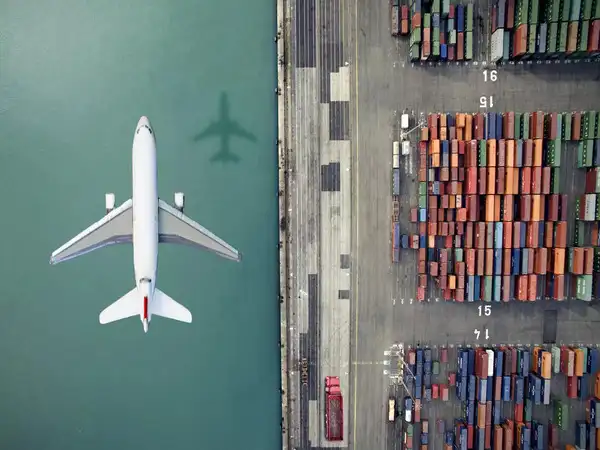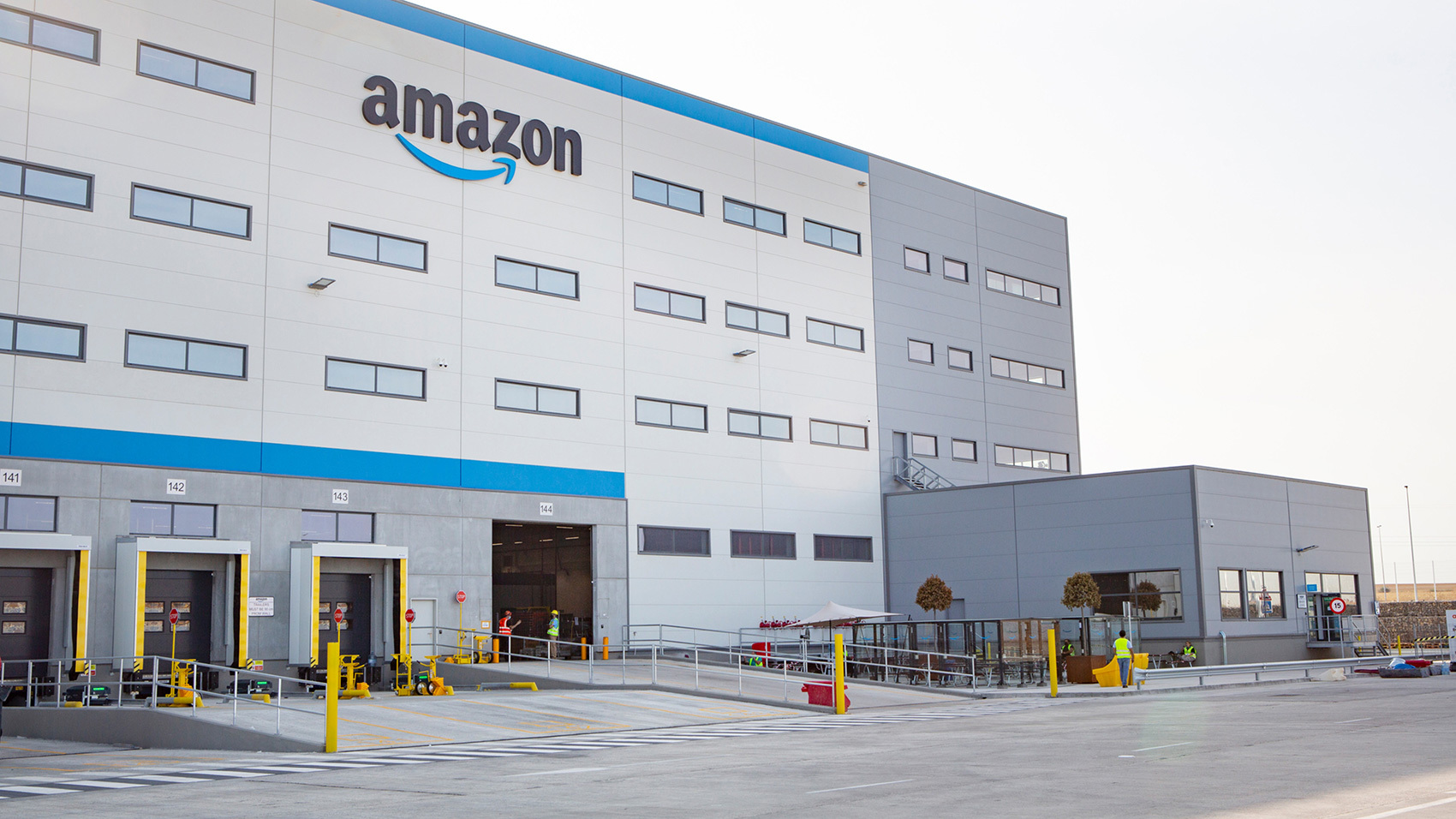Need for Real-Time Tracking & Visibility in Logistics
Modern supply chains are vast, involving multiple stakeholders, international borders, and various transportation modes. Traditionally, logistics companies relied on manual processes, periodic reporting, and legacy tracking systems, which often led to inefficiencies, delays, and lost shipments. The rise of e-commerce and same-day delivery expectations has further intensified the need for accurate, real-time tracking and predictive analytics. IoT offers a game-changing solution by providing end-to-end visibility into supply chain operations.
Key Applications of IoT in Logistics
1. Smart Sensors for Asset Tracking
IoT-enabled GPS and RFID sensors help monitor the real-time location of shipments, providing logistics managers with continuous updates. These sensors reduce the risk of theft, loss, and misplacement while enabling proactive rerouting in case of disruptions.
2. Temperature & Condition Monitoring
For industries like pharmaceuticals, food, and chemicals, maintaining optimal storage conditions is critical. IoT-based temperature and humidity sensors ensure that perishable goods are transported under strict conditions, triggering alerts if thresholds are breached.
3. Fleet Management & Predictive Maintenance
IoT-integrated telematics systems provide insights into vehicle health, fuel consumption, and driver behavior. Predictive maintenance alerts help companies reduce downtime, optimize fleet performance, and cut operational costs.
4. Warehouse Optimization
IoT-powered smart warehouses use automated robots, real-time inventory tracking, and AI-driven analytics to enhance picking, packing, and storage efficiency. This reduces errors and improves order fulfillment rates.
5. Last-Mile Delivery Enhancements
IoT-enabled geofencing and real-time traffic monitoring allow for dynamic route optimization. This ensures timely deliveries while minimizing fuel consumption and reducing carbon footprints.
Benefits of IoT in Logistics
- Enhanced Visibility & Transparency: Real-time tracking helps companies monitor shipments and detect delays or bottlenecks in advance.
- Reduced Operational Costs: By optimizing fleet and warehouse management, IoT minimizes waste, improves asset utilization, and lowers expenses.
- Improved Customer Experience: Live tracking updates, estimated time of arrival (ETA) predictions, and proactive notifications increase customer satisfaction.
- Stronger Security & Compliance: IoT ensures compliance with regulatory requirements by maintaining a digital record of conditions, transit times, and environmental factors.
- Data-Driven Decision Making: IoT generates vast amounts of data, allowing logistics managers to leverage predictive analytics for better forecasting and strategic planning.
Challenges & Considerations
Despite its advantages, IoT adoption in logistics comes with certain challenges:
- High Initial Investment: Deploying IoT infrastructure, including sensors, cloud computing, and software integration, can be expensive.
- Cybersecurity Risks: Increased connectivity raises concerns about data breaches and hacking threats.
- Integration with Legacy Systems: Many logistics companies still rely on traditional systems that may not be compatible with IoT solutions.
- Data Overload & Management: Handling and analyzing large volumes of data requires advanced analytics capabilities and skilled personnel.
The Future of IoT in Logistics
The future of logistics will be driven by further advancements in IoT, AI, and blockchain technology. Edge computing, AI-powered predictive analytics, and 5G connectivity will further enhance IoT capabilities, making supply chains smarter and more resilient. Autonomous vehicles, drone deliveries, and robotic process automation (RPA) will also play a crucial role in shaping the next generation of logistics operations.
Conclusion
IoT has become a fundamental enabler of real-time tracking and visibility in logistics. By leveraging connected devices, AI-driven insights, and automation, logistics companies can significantly enhance efficiency, reduce risks, and meet evolving customer demands. As the technology matures, businesses that adopt IoT-driven logistics solutions will gain a competitive edge in the ever-evolving global supply chain landscape.
.png)
.png)
.jpg)






